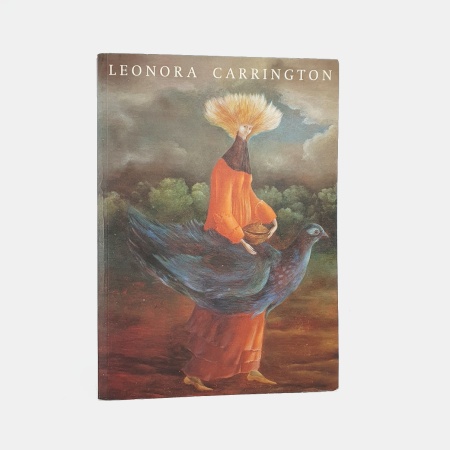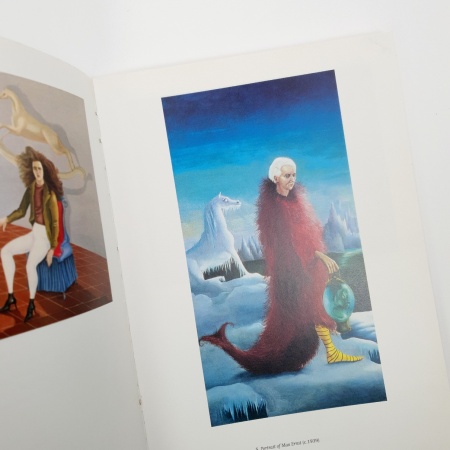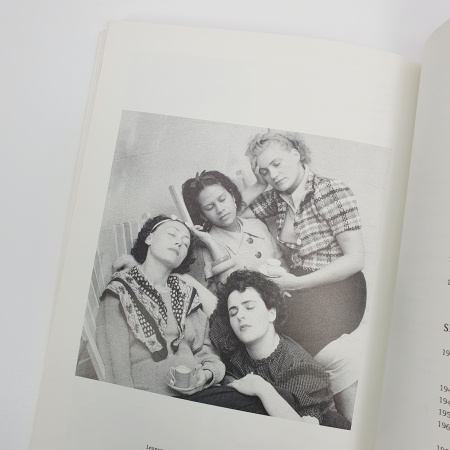Edited by Peggy Guggenheim. Prefaces by Andre Breton, Arp, Piet Mondrian. Cover design by Max Ernst.
Art of This Century. New York. 1942. First edition. Limited to 2,500 copies. Hardback, quarto; yellow cloth-bound boards, with black title to spine and a linear design by Max Ernst to front board. 157 pages. Illustrated with b&w plates of the artwork and small photographs of each artist's eyes. English. 265 x 200mm. 0.7kg. . Near fine; light toning to spine and rear board, some light marks to rear board, a very well preserved copy.
Art of This Century was published in the same year that Peggy Guggenheim's ground-breaking gallery (also called Art of This Century) was opened in New York. The gallery was located at 30 West 57th Street. It housed four exhibition spaces including the Abstract, Surrealist and Kinetic galleries and a 'Daylight Gallery' for temporary exhibitions. Each room was decorated with innovative, often surreal schemes by the avant-garde architect Frederick Kiesler. Colourful surfaces, elaborate hanging mechanisms and a lack of any picture frames created new ways of viewing art. The gallery's purpose was two-fold, firstly as a museum space for exhibiting European artists, and secondly as a commerical gallery for selling the work of contemporary American artists. In its time it became a focal point for artists and collectors from both sides of the Atlantic, and was instrumental in the launch of the Abstract Expressionists. The permanent collection was initially drawn from Guggenheim's own personal collection and the book acts as both a record of Guggenheim's art collection and as a catalogue to the gallery. After introductory texts by Guggenheim, Andre Breton, Arp and Piet Mondrian, there are listings for individual artists, with a short bio, a list of works in the collection, illustrations, texts from the artist or an art historian, and a photograph of only the artist's eyes. Artists featured within the collection include Picasso, Braque, Arp, Brancusi, Calder, de Chirico, Ernst, Naum Gabo, Leonor Fini, Kandinsky, Klee and Man Ray. Max Ernst, Guggenheim's husband at the time, provides a biomorphic linear drawing to illustrate the front board. Copies are scarcer than the limitation of 2,500 implies. As the book was privately published it is likely than Guggenheim gradually handed them out rather than selling them on the commercial market.





.jpg)
.jpg)

.jpg)
.jpg)
.jpg)
.jpg)